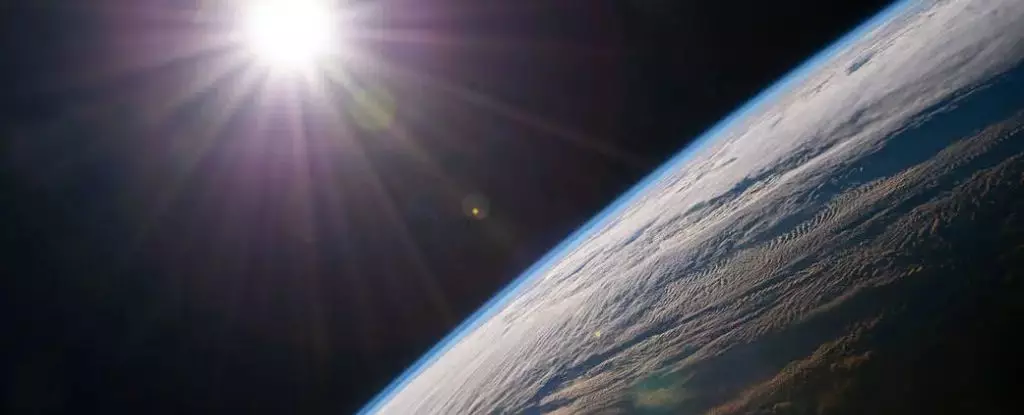The relationship between our planet’s climate and celestial events has always been a fascinating subject for researchers. A recent study by planetary scientist Nathan Kaib and astrophysicist Sean Raymond has shed light on a possible connection between Earth’s orbit and passing stars. This groundbreaking research suggests that a grazing encounter between the Solar System and a passing star could have significantly altered Earth’s orbit, leading to drastic climate changes approximately 56 million years ago.
The Paleocene-Eocene Thermal Maximum, a period marked by a significant increase in Earth’s temperature, has long puzzled scientists. The sudden warming of up to 8°C raised questions about the underlying causes of this climate anomaly. Kaib and Raymond’s study proposes a novel explanation – the gravitational influence of a passing star. By running simulations, the researchers demonstrate how a star passing near the Solar System could disturb planetary orbits, pushing Earth off its regular course.
Analyzing Earth’s orbital history requires a complex blend of geology, modeling, and statistical analysis. Previous studies have indicated that Earth’s orbital eccentricity plays a crucial role in climate variations. However, Kaib and Raymond’s research suggests that the past orbital evolution of Earth may have been more uncertain than previously assumed. The presence of passing stars introduces a level of unpredictability that challenges traditional models of planetary dynamics.
While scientists have attempted to reconstruct the Solar System’s evolution through simulations, most models overlook the galactic context in which our planetary system resides. The dynamic nature of the Milky Way, with its multitude of stars in motion, can influence Earth’s orbit in unforeseen ways. Passing stars, such as HD 7977, which came within a relatively close distance of the Solar System 2.8 million years ago, could exert gravitational forces that impact planetary movements. This finding underscores the need to consider external stellar encounters when analyzing Earth’s long-term orbital behavior.
The implications of these findings extend beyond planetary dynamics to our understanding of Earth’s climate history. Stellar encounters may have played a role in shaping past climate events, including the Paleocene-Eocene Thermal Maximum. By incorporating the influence of passing stars into future studies on the long-term evolution of the Solar System, researchers can gain a more comprehensive view of the factors impacting Earth’s climate over millions of years. Kaib and Raymond’s work highlights the intricate interplay between celestial bodies and planetary systems, challenging conventional narratives of Earth’s orbital stability.
The research by Kaib and Raymond offers a fresh perspective on the relationship between stars and Earth’s climate. By uncovering the potential impact of passing stars on planetary orbits, the study opens new avenues for investigating ancient climate anomalies. As we continue to unravel the mysteries of our planet’s geological past, it is essential to consider the dynamic and interconnected nature of celestial bodies within the galaxy. The implications of stellar encounters on Earth’s climate history may hold the key to unlocking the secrets of our planet’s evolving climate patterns.


Leave a Reply